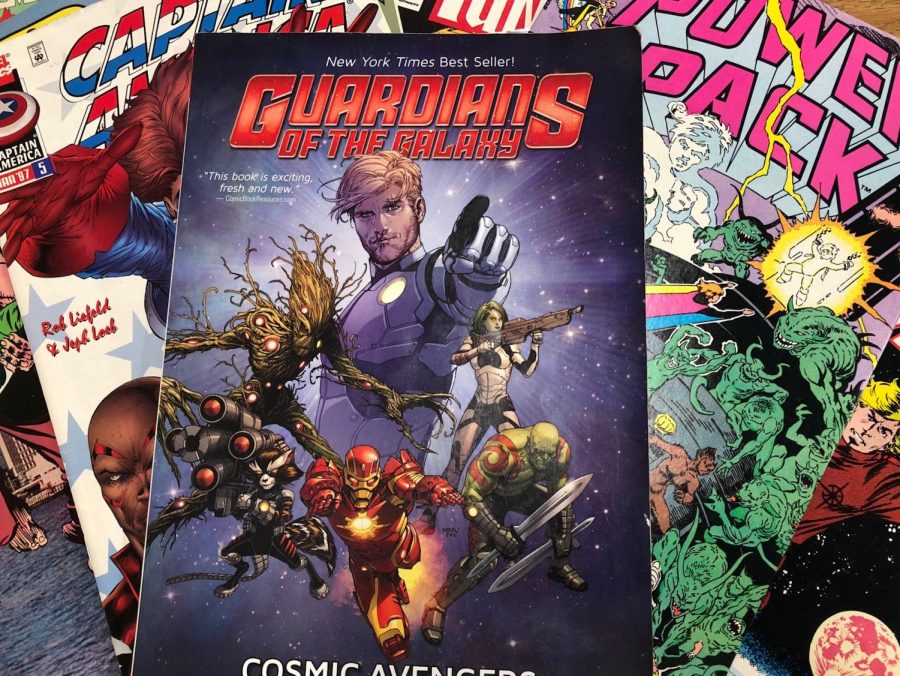Ten years, eighteen movies, six stones, and one movie to bring them all together
The Marvel Cinematic Universe stems from Marvel Comics (formerly Timely Comics), who have been developing heroes such as Captain America and the X-Men since 1939.
Perhaps no other movie leaves fans as speculative as Marvel’s highly-anticipated Avengers: Infinity War. The movie is the culmination of ten years of the Marvel Cinematic Universe and three phases of diligently-planned superhero movies.
Featuring an all-star cast as all of Marvel’s previously independent franchises (the Avengers, the Guardians of the Galaxy, and other heroes included) come together to defeat one major villain: Thanos. Hinted at since the original Avengers film, Thanos is the “final boss” of the first decade of the Marvel Cinematic Universe. Until Infinity War, his motivations hadn’t been clear although his previous grievances have been.
Infinity War is named so due to the central arc of the Infinity Stones, which are six immensely powerful gems meant to control all aspects of the universe. They consist of the Soul Stone, the Mind Stone, the Time Stone, the Reality Stone, the Power Stone, and the Space Stone. Thanos’ ultimate goal is to collect these in order to fulfill his plans.
The movie itself ultimately leaves audiences intrigued as the Russo brothers switch between the stories of the different characters in a way that keeps the audience from being bored. The interactions between characters who had been considered so separate from each other previously range in everything from frustrating to amusing, especially due to the contrast of the more put-together, serious Avengers and the rougher, more lax Guardians.
Despite the audience’s warning that the movie will certainly leave them shocked, the ending itself is unprecedented in how far it will take the fate of the MCU. It is a movie that leaves audiences crying, gasping, and most of all, theorizing as they wait for the sequel coming the following year.
Your donation will help support The Lambert Post, Lambert High Schools student-run newspaper! Your contribution will allow us to purchase equipment and cover website hosting costs.












